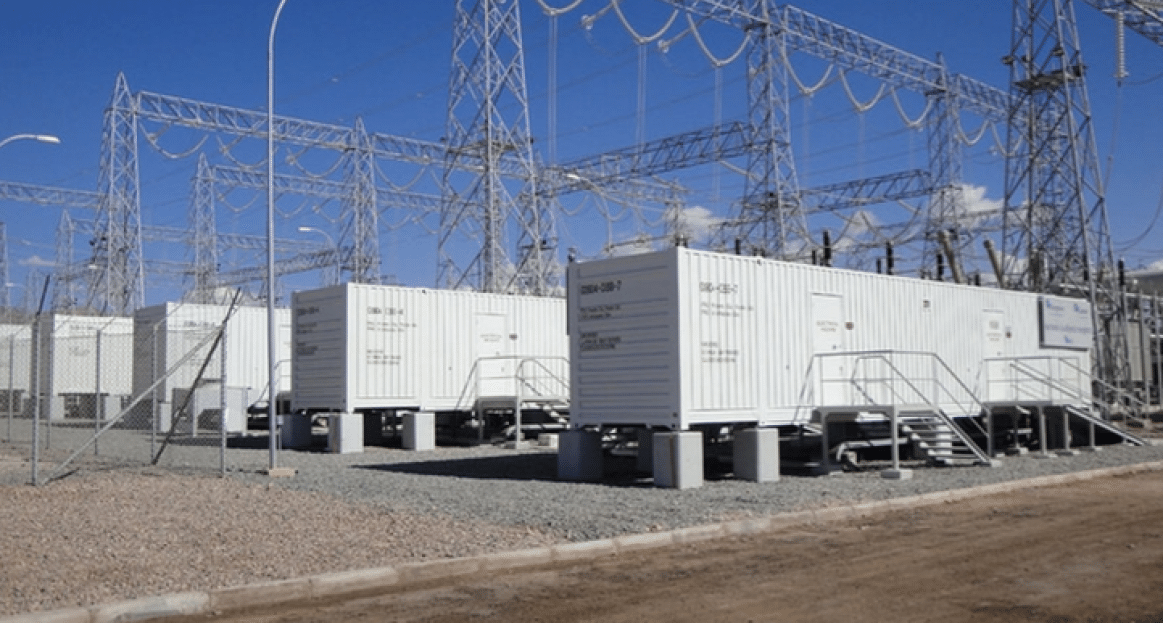
Falling energy storage costs and steadily increasing solar capacity stand to catalyze a paradigm shift from net metering to distributed energy storage. Implementing a system composed of a web of distributed PV collocated with energy storage capacity would have numerous benefits to consumers, the grid at large and the environment. In essence, a grid rich in PV and storage would allow for increased solar capacity without increasing the potential for grid disruption.
The benefits of pairing residential storage with PV can be quantified in three ways; load management, outage prevention and outage recovery. Load management addresses the fundamental temporal mismatch between the daily peak of solar production and peak consumer demand later in the evening. In the presence of residential storage capacity homeowners can use solar energy generated during the day when they return home in the evening. Not only would on-site storage maximize the value of the PV system in the absence of a net metering tariff, customers subjected to tiered retail rates could face lower monthly bills.
Similar to peak shaving residential loads, intelligently integrated distributed storage could aid the grid during both times of peak solar production and residential consumption. Under conditions such as downed wires or hot summer weather segments of the grid can become overloaded, pushing the thermal limits of the lines themselves. Storage would help to combat outages by shaving peak demand and compensating for localized line congestion. This latent benefit is particularly valuable in increasing grid resiliency during times of extreme weather events.
Storage also promises to prevent reverse loading of distribution circuits by storing excess midday PV generation. Recently parts of Hawaii have experienced voltage swings during peak sun hours as the number of residential homes with grid-tied solar begins to approach 25%. Of course if an outage does occur the presence of storage capacity at homes and businesses would help mitigate adverse economic consequences of prolonged service interruptions.
Lastly, residentially cited storage decreases the amount of dispatchable power the grid must provide. Currently these fast-acting plants are required to match solar capacity to compensate for production swings. A transition to grid consisting of a web of storage would replace variable fossil-generated energy costs with clean fixed rate solar electricity.